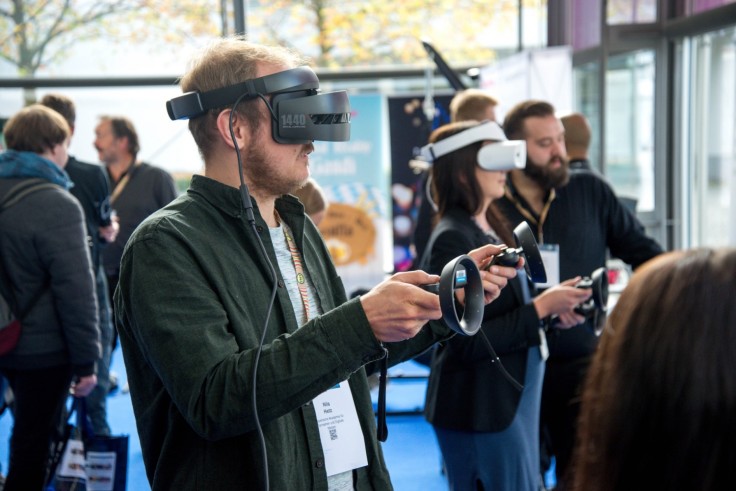
Virtual reality (VR) has come a long way since its inception in the 1960s. What was once a far-off concept is now a reality, with VR headsets becoming more accessible to the public. But it's not just gamers who are benefiting from VR technology. Businesses are finding new and innovative ways to utilize VR to enhance their operations. In this post, we'll explore some of the ways virtual reality is shaping modern businesses.
Training and Education
Training new employees can be a costly and time-consuming process, especially in high-risk industries such as healthcare and aviation. Virtual reality is changing that by allowing businesses to create immersive training experiences that are both cost-effective and safe.
For example, medical students can now practice surgical procedures in a virtual environment, reducing the need for expensive cadavers. In the aviation industry, pilots can practice emergency scenarios in a simulated cockpit, giving them real-life experience without the risk of crashing a plane.
Product Design and Prototyping
Virtual reality is also revolutionizing the product design and prototyping process. With VR, designers can create and test products in a virtual environment, allowing them to make changes and modifications before investing in physical prototypes.
This not only saves time and money but also allows for a more iterative design process. Companies such as Ford and Boeing are already using VR to design and test new products, giving them a competitive edge in the market. Meta Quest Pro, an enterprise VR headset has even helped to increase productivity for brands like Puma and New Balance. The headset enables designers to create illustrations, layouts, and design options for athletic sneakers.
Virtual Showrooms and Retail
The pandemic has accelerated the shift towards e-commerce, with more consumers than ever before shopping online. But one of the drawbacks of online shopping is the inability to physically interact with products before purchasing. Virtual reality is changing that by allowing businesses to create virtual showrooms and retail environments.
For example, Ikea has created a virtual reality showroom where customers can browse and interact with products in a virtual environment. This allows customers to see how products will look in their homes before making a purchase.
Virtual and augmented reality has essentially taken the retail world by storm. Many consumers admit that they utilize these tools to enhance their shopping experience. For example, Hugo Boss has a platform that enables users to create a virtual avatar with life-like measurements and features to try on clothes to make an informed purchasing decision.
Virtual Meetings and Collaboration
The pandemic has also changed the way we work, with remote work becoming the norm for many businesses. Virtual reality is taking remote collaboration to the next level by allowing teams to meet and work together in a virtual environment.
Platforms such as Spatial and Glue allow teams to collaborate in a virtual space, sharing ideas and working together in real-time. This not only improves collaboration but also saves time and money by eliminating the need for travel.
Customer Engagement and Marketing
Virtual reality is also changing the way businesses engage with customers. By creating immersive experiences, businesses can connect with customers on a deeper level, increasing brand loyalty and engagement.
For example, car manufacturers such as Audi and Porsche are using VR to create virtual showrooms and test drives, allowing customers to experience their products in a virtual environment. This not only creates a memorable experience for customers but also increases the likelihood of a purchase.
Conclusion
Virtual reality is changing the way businesses operate, from training and education to product design and customer engagement. Although the use of VR technologies has been around for a while, its increased accessibility means we can expect to see even more innovative uses for it in the future. Businesses that embrace virtual reality now will be well-positioned to stay ahead of the curve and reap the benefits of this exciting technology including increased productivity, improved training, lower overhead, and enhanced customer experiences, which ultimately leads to a win-win for everyone.









